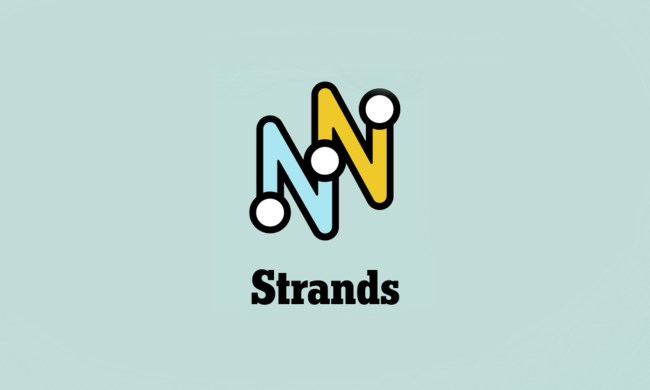
Crypto Tycoon is a familiar card game in an unfamiliar package. Billing itself as a cross between Texas hold’em and Monopoly, it takes the volatile world of cryptocurrency as its theme. Yes, we know the mere mention of cryptocurrency is usually enough to scare away most of us who haven’t dabbled in Bitcoin and Ethereum. Still, Crypto Tycoon is hoping to become the game to bridge the divide between cryptocurrency die-hards and so-called “nocoiners.”
While we’ve already seen card games that make use of blockchain technology, Crypto Tycoon claims to be the “world’s first” physical cryptocurrency card game. Developed by Houston-based startup Cypherpunk, it’s easy to pick up and play, but also full of the kind of strategic subtleties that make it difficult to master. It rewards tactical play and creates the potential for numerous twists and turns as each game unfolds. And while it will most likely attract crypto enthusiasts more than the uninitiated, we have played it with people who wouldn’t dream of buying some bitcoin, and we can safely say that they grasped the game after a single round.
The object of Crypto Tycoon is to complete a set (a “portfolio”) of three different cryptocurrencies. It provides players with three types of cards: Crypto Cards, Cash Cards, and Trade Cards. Trade Cards are where the bulk of the game’s action lies, since these operate in the vein of Community Chest or Chance cards, letting players perform various actions that can change the course of the game. They’re what makes completing three cryptocurrency portfolios so difficult, because while it’s easy enough to get your hands on Crypto Cards, certain Trade Cards can be used to steal single cryptocurrency cards — or even completed portfolios — from other players.

Trade Cards are why games of Crypto Tycoon can often be a combination of excited anticipation and crushing disappointment. You may have collected two bitcoin Crypto Cards (a complete portfolio) and three monero Crypto Cards (another complete portfolio), but before you can complete your third portfolio another player may use a Trade Card to deny your victory. One particularly dreaded Trade Card is the “Hacked” card, which appropriately enough entitles a player to take a completed portfolio from a rival. As a result, even if games of Crypto Tycoon can sometimes be finished within 15 minutes, the existence of Trade Cards can mean that they last for half an hour or longer.
Luckily, other Trade Cards allow you to defend yourself from “Hacked” and other attacks, giving the game a welcome balance between frustration and progress. Then there are the Cash Cards, which as the name suggests represent sums of money. Basically, if you lay a sufficient number of Cash Cards down, you can pay any fees a Trade Card subjects you to using these Cash Cards. Otherwise, you’ll have to pay fees using a Crypto Card (or two), which are also equal to various sums of money. And no, you don’t want to pay fees using your Crypto Cards, since this will ruin your chances of completing three precious portfolios.

Taken together, the three card types mean that Crypto Tycoon is a deceptively strategic and surprisingly deep game. Knowing when to put down Cash Cards rather than Crypto Cards, for instance, can often mean the difference between a win and a loss. Similarly, you can skip your turn if you have seven cards or less in your hand, thereby saving yourself from having to put down Crypto Cards which could then be stolen. At the same time, the ability to charge “mining fees” based on how many Crypto Cards you have (à la Monopoly’s hotels) also means that you can build up your cash defences, so that your portfolios remain safe.
All in all, Crypto Tycoon is an engrossing and potentially addictive card game. It’s hard to say how far it will crossover with non-cryptocurrency devotees. But if they do give it a chance, it’s hard to imagine they’d be disappointed.



